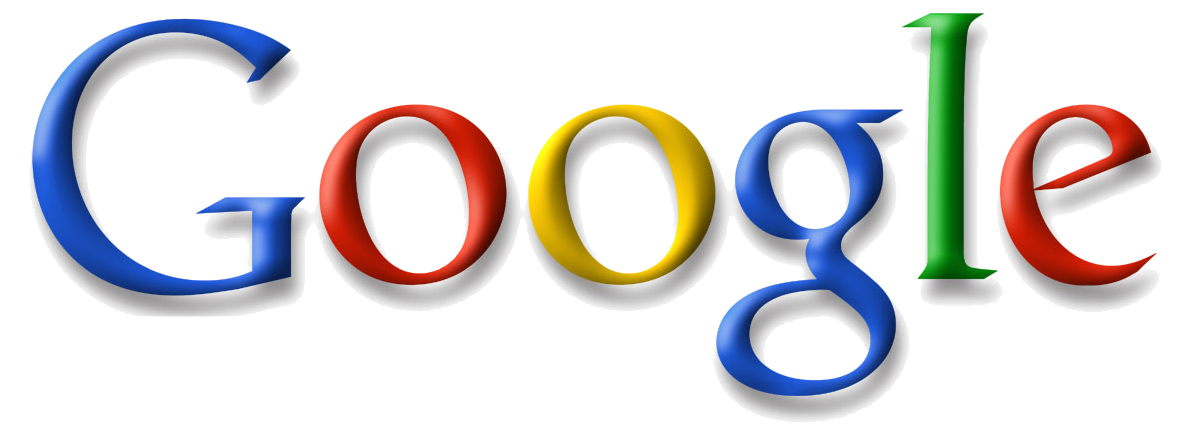Google Makes WebP in Effort to Make JPEG Extinct
Google claims that it has made a better JPEG.
The JPEG image format is a staple of the web. Even before the world wide web became popular, the JPEG format, along with GIF, was the way images were encoded for digital transmission.
Google is set to replace JPEG with something newer and better. While the JPEG has been an immensely valuable technology, it's one that was based off of decades-old tech.
Google's proposed solution is WebP, which is based off of the VP8 codec that the company open sourced earlier this year. Through the use of the modern video codec, Google adapted some of those technologies to the still image format and believe that it has made WebP more efficient with smaller file sizes.
A test, as detailed in the Chromium blog:
While the benefits of a VP8 based image format were clear in theory, we needed to test them in the real world. In order to gauge the effectiveness of our efforts, we randomly picked about 1,000,000 images from the web (mostly JPEGs and some PNGs and GIFs) and re-encoded them to WebP without perceptibly compromising visual quality. This resulted in an average 39% reduction in file size. We expect that developers will achieve in practice even better file size reduction with WebP when starting from an uncompressed image.
With images making up about 65 percent of internet traffic, Google believes that creating a new lossy format to replace JPEG could both lighten the bandwidth load and speed things up considerably.
Check out some of the sample comparison images here. There are notable differences.
Get Tom's Hardware's best news and in-depth reviews, straight to your inbox.
-
jamesedgeuk2000 wasn't *.PNG the new web image format that was supposed to kill off JPEG? like 8 years ago lolReply -
Ragnar-Kon jamesedgeuk2000wasn't *.PNG the new web image format that was supposed to kill off JPEG? like 8 years ago lolPNG was designed to replace GIF images, not JPEG. And for the most part I think it has succeeded, although it is hard to tell.Reply
Well I'm all for a new/better standard. But Google has quite the fight ahead of them if they even want to become standard.
But then again, I'd never thought HTML5 would replace Flash when they first announced it, but now its looking like HTML5 has enough momentum to prove my former self wrong in the next 5 years or so. -
ispam jamesedgeuk2000wasn't *.PNG the new web image format that was supposed to kill off JPEG? like 8 years ago lolSince you obviously have no idea what are you talking about, here are some facts:Reply
- PNG was created to replace GIF.
- PNG is not 8 years old, first release was in 1996.
- PNG is a LOSSLESS format.
-
burnley14 I had a hard time telling the difference in the comparison shots, and ~30% less bandwith is pretty huge. Go Google and their constant innovation!Reply -
IzzyCraft Good luck getting the billion or so products that would need updates to support this format.Reply
killerclickAwesome, looking forward to 2025 when this will actually become a standardHaha if we are lucky full support across the board will arrive by then. Then maybe by 2030 websites will feel good enough to start using that format. -
gmarsack killerclickAwesome, looking forward to 2025 when this will actually become a standardYeah, seriously. lol By then, no one will care since everyone will have internet connections that are 10 times as fast. Not only do developers have to support the new standard, so also would web browsers. It would take 15 years alone for everyone (stupid IE6 users!) to finally download and install a browser that could decode the image. :)Reply -
mauller07 The problem here is that they applied a lossy codec to an image that was already converted into a lossy codec not including the png images.Reply

